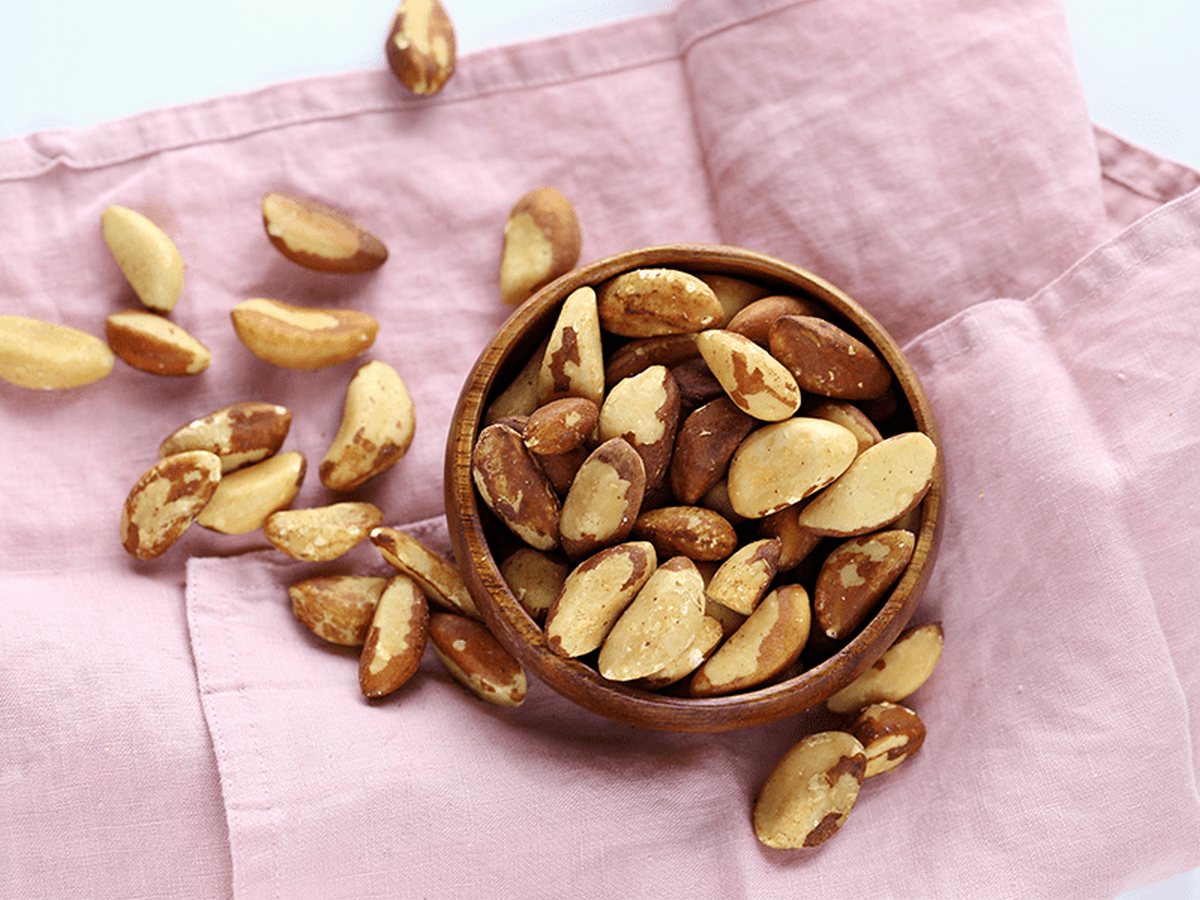Himalayan salt VS Sea salt

Salt is one of the most common elements in human nutrition, giving flavor to almost every food. It is a natural element found primarily in seawater and rocks in solid form.
Its chemical structure is sodium chloride (NaCl) and commercially is available in many forms. In recent years, Himalayan salt, a pink salt that derives from Himalayan Mountains, has been of particular value.
Table of Contents
Himalayan salt
Himalayan salt is a type of rock salt, which derives from mountains that were once seas and there is no chemical procedure of cleaning it. Himalayan salt is a solid and non-hygroscopic element, thus it does not absorb moisture in its molecule. The pale pink color is due to iron oxide and is characterized by a particularly intense flavor.
Sea salt
Natural salt crystals that are collected either naturally from salt pans, after evaporation of seawater because of sun and air. It is hygroscopic, as it can absord moisture in its molecule. It is the most commonly used salt and is available in various forms and colors, depending on its processing.
Nutritional value
Himalayan salt, despite its high concentration in trace elements, does not contain iodine. The addition of iodine is particularly important. Iodine is an important trace element for the right function of thyroid gland. Deficiency of iodine can lead to thyroid disease and bronchocele. For this reason, supplementation of iodine is essential in order to ensure adequate intake. As Himalayan salt does not contain iodine, it should be used along with sea salt, so that there is no iodine deficiency.
Both the Himalayan and sea salt contain trace elements and minerals. However, Himalayan salt is rich in micronutrients as it contains magnesium, potassium, phosphorus, calcium, copper, iron, as well as traces of boron, fluorine, iodine, zinc, selenium and copper. Overall, according to records, it contains at least 80 different trace elements, making it particularly nutritious in comparison to sea salt.
Although many want to believe that Himalayan salt does not contain sodium, this is not the case. Both sea salt and Himalayan salt contain a similar sodium content (98% with 95-96%, respectively). Therefore, recommendations for daily intake of salt should not be exceeded, regardless of the type of salt that is consumed. According to EFSA, daily salt intake should not exceed 3.8g / day (1.5g sodium / day), which is estimated at 3/4 teaspoon of salt.
Ideally, keep the variety in your diet and use both salts! In Vita4you you can find salt in various varieties and forms.
Disclaimer
The content of this blogspot is not and can not be considered as medical advice, diagnosis or treatment. All information is provided to readers solely for informational purposes. There is no intention to substitute this content for personalized medical advice, diagnosis, prognosis or treatment.





Leave a comment